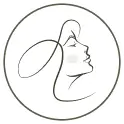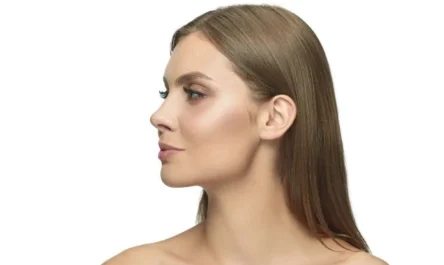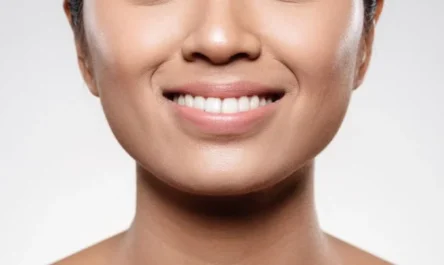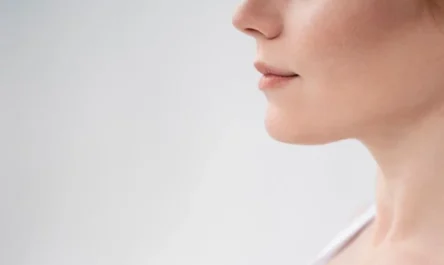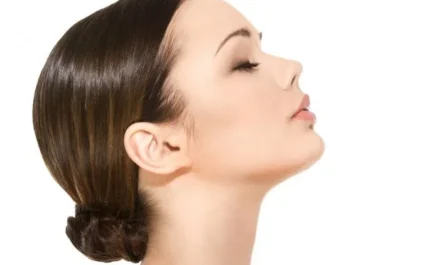Mewing is a facial restructuring technique that involves the practice of correct tongue posture to benefit health, symmetry of your face and strength of your jawline. By actively and regularly partaking in mewing exercises, you can reshape your face whilst also potentially helping jaw pain, breathing, or orthodontic issues.
The history of mewing
Mewing originated in the 1970’s when British orthodontist, Dr. John Mew, began to investigate the effects of proper facial and oral posture on his patients. His alternative to traditional orthodontic practice was called Orthotropics, using facial and oral exercises combined with some appliances to change the jawline and face shape. Originally, he used his methods to help influence jaw development and straighten teeth in children, however more recently the methods have been promoted for adults too.
The premise is that during childhood, incorrect tongue posture (where your tongue rests on top of your bottom teeth) can lead to stunted tooth growth and inward tipping. This can be identified by checking if your bottom front teeth are taller than the bottom back molars which indicates a history of mouth breathing.
If evidence suggests this, then introducing tongue positioning exercises to create proper oral posture is suggested; involving your tongue pressing against the roof of your mouth, with teeth making light contact (occlusion) and your lips sealed together.
Orthotropics and mewing
The ideal solution to correct maxilla-mandible deficiencies is oral expansion appliances, not plastic surgery. Through orthotropic practice, these devices gently widen your upper jaw bones, allowing your lower jaw to align harmoniously, then through applying gentle internal pressure, new bone growth is stimulated. The appliance is strategically placed on the roof of your mouth and can be easily removed for cleaning.
This non-invasive treatment improves the balance of your craniofacial aesthetic, is cost-effective, and safe. Jaw-growth appliances, such as expanders, promote optimal jaw size and shape, creating space for teeth, tongue, and airflow. The appliances used in conjunction with mewing techniques will see improvement to facial structure.
How to mew
Many people do not realise that if your tongue is not resting on the roof of your mouth, it is actually in an abnormal position. Over time this results in poorer oral health, incorrect facial posture and weaker facial features, like an undeveloped jaw or misaligned teeth.
The principle of mewing is proper tongue positioning exercises and proper breathing techniques. The correct tongue position is having it pressed up to the roof of your mouth, with correct breathing being through the nose.
We recommend speaking with our professional craniofacial coach before commencing any plan, however here is a how to guide to get the most out of mewing:
Position of your lips is important
Seal your lips and mouth together – no pouting, just close your lips tightly and relax your jaw.
Position your tongue correctly
Your tongue should be pressing to the roof of your mouth, ensuring that the tip of your tongue is slightly behind your teeth but not touching your teeth.
Mewing teeth position
Your front teeth should be resting just over your bottom teeth, with the back teeth touching lightly. Your bottom teeth should be just behind your top teeth in a very small overbite. This may take a bit of time to get used to.
Body position
Stand up straight, shoulders back, and try to focus on getting your body position right.
Correct chewing
Never chew with your mouth open while mewing. If you chew with your mouth open, you’re less likely to grow the correct muscles and could end up with bloated cheeks or another undesired face shape.
Breathing is important
We can’t say it enough – the correct way to breathe is through your nose.
Our bones continuously remodel in response to the forces imposed upon them so it’s important to do tongue position exercises properly and consistently to see progress.


